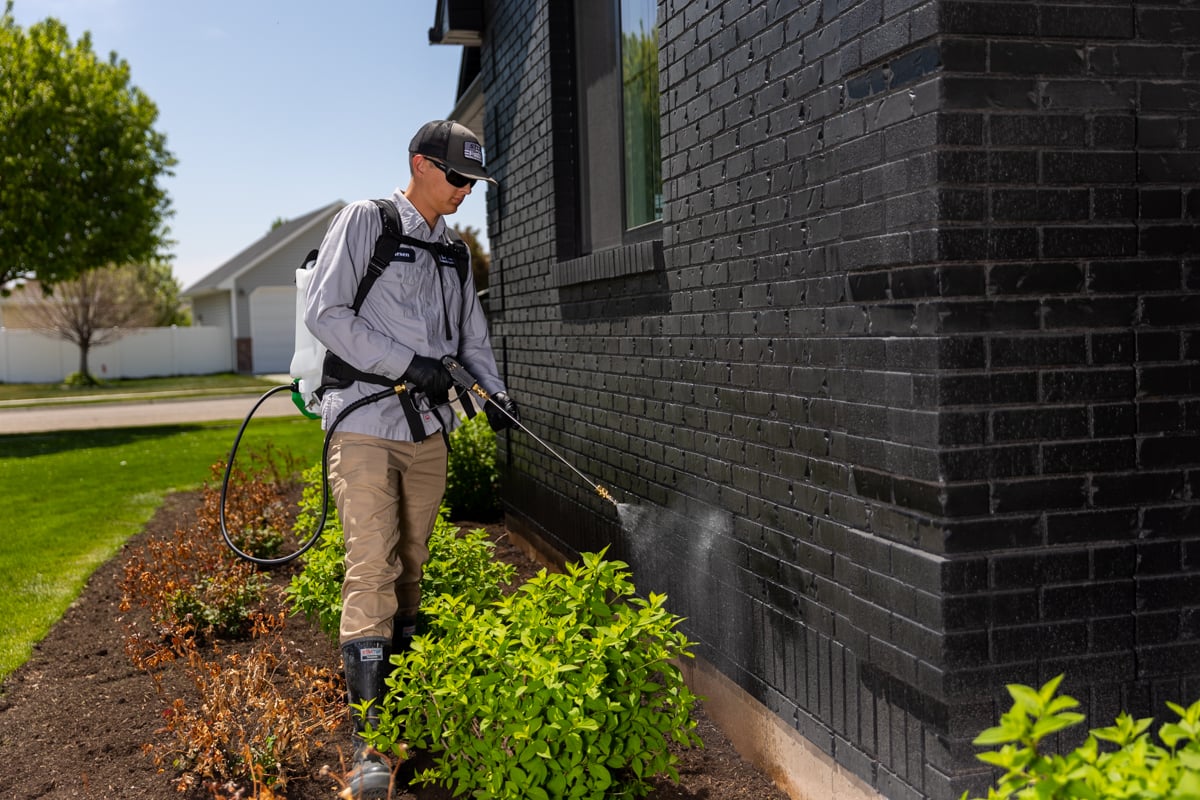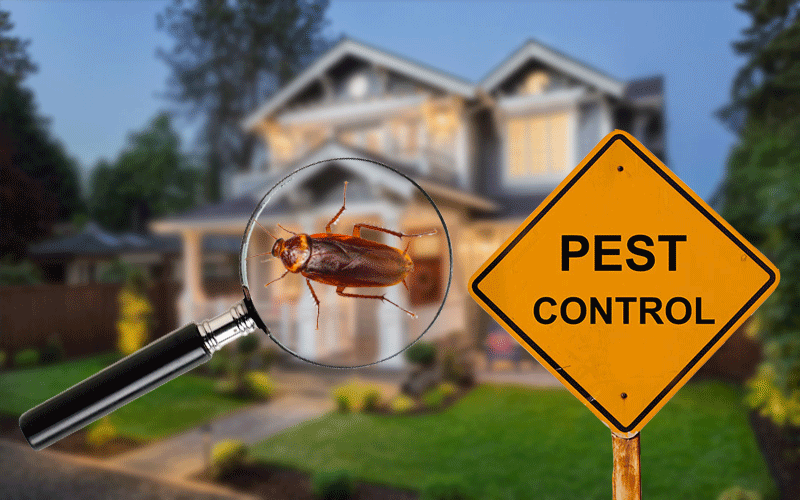Bed Pest Therapy Break Down: Comparing Chemical Vs. Non-Chemical Solutions
In the realm of parasite control, specifically when dealing with the relentless problem of bed bugs, the option between chemical and non-chemical therapy solutions can be a crucial one. Both strategies provide distinct benefits and drawbacks, affecting elements such as efficiency, safety and security considerations, and overall cost. By checking out the nuanced details of each approach, a more clear understanding of which path to pursue in dealing with a bed bug invasion can be obtained.
Efficiency of Chemical Treatments
Chemical therapies for bed insect problems have been extensively recognized for their fast and potent efficiency in removing these bugs. When considering the efficiency of chemical therapies, it is essential to recognize that they can provide a quick and extensive remedy to a bed bug problem. Specialist pest control experts often count on pesticides to target bed pests at different stages of their life process, including eggs, nymphs, and adults. These chemicals usually work by interrupting the bed bugs' nerves, causing paralysis and eventual death.
Furthermore, chemical treatments have the advantage of offering residual results, indicating that they can remain to remove bed bugs also after the preliminary application. This residual action is particularly helpful in combating any kind of prospective re-infestations. Additionally, the fast action of chemical therapies can bring relief to people encountering extreme bed pest problems, enabling them to restore control of their living rooms promptly.
Security Worry About Chemical Solutions
When making use of chemical services for bed insect treatment is guaranteeing the safety and security of residents and the environment,One important element that calls for careful factor to consider. While chemical therapies can be effective in getting rid of bed pests, they may pose dangers if not taken care of correctly. Among the primary security interest in chemical options is the potential injury they can create to human health and wellness. Exposure to certain chemicals made use of in bed bug therapies can result in respiratory system problems, skin inflammation, or various other damaging reactions, especially in people with pre-existing problems or level of sensitivities. In addition, inappropriate application or dosage of chemical pesticides can result in harmful deposits remaining in the treated area, positioning long-lasting health and wellness threats to occupants.
In addition, the ecological effect of chemical solutions is one more substantial factor to consider. Some pesticides used in bed bug treatments may be unsafe to valuable bugs, wildlife, and communities if they leach right into the dirt or water systems. It is important to use chemical therapies carefully, following safety standards, and thinking about much less hazardous alternatives to mitigate these dangers and ensure the effective and risk-free management of bed pest problems.
Benefits of Non-Chemical Methods
Considering the possible safety issues and environmental effect related to chemical remedies for bed pest treatment, discovering non-chemical strategies offers an appealing alternative with several unique benefits. Non-chemical techniques offer a safer alternative for homes, specifically those with children, pet dogs, or individuals conscious harsh chemicals. These methods eliminate the risks of exposure to poisonous materials, minimizing the possibility for unfavorable wellness results. In addition, non-chemical treatments are eco-friendly, as they do not add to air or water air pollution, making them a lasting option for bug control.
In addition, non-chemical remedies can be efficient in targeting bed insects, consisting of hard-to-reach areas where chemical therapies might not pass through. Approaches such as heat therapy, vacuuming, heavy steam cleansing, and bed mattress coverings provide detailed pest control business elimination without the usage of damaging chemicals. Moreover, non-chemical techniques can be much less turbulent, calling for very little prep work and enabling quicker reentry right into dealt with locations. Generally, going with non-chemical bed insect treatment methods not only focuses on safety and security and environmental management but also ensures reliable and comprehensive pest control.
Limitations of Non-Chemical Treatments

Additionally, non-chemical treatments often call for several applications to attain successful elimination. This can be taxing and might not constantly assure full removal of all bed insects and their eggs, particularly in surprise or hard-to-reach areas.
Furthermore, the success of non-chemical therapies you can check here greatly relies upon proper execution and thoroughness, which can be testing for people without professional competence. Insufficient application of non-chemical techniques may cause insufficient eradication, resulting in relentless problems and the requirement for additional therapies.
Therefore, while non-chemical therapies have their benefits, it is vital to navigate to this site recognize these restrictions and consider them when identifying one of the most reliable strategy for handling bed bug infestations.
Expense Comparison: Chemical Vs. Non-Chemical Options
Given the limitations connected with non-chemical therapies, an important aspect to evaluate in the context of bed pest administration is the expense contrast between chemical and non-chemical alternatives. Chemical treatments typically entail the application of pesticides by experts, which can vary from $250 to $900 per space, depending on the extent of the invasion and the size of the area to be treated. On the other hand, non-chemical treatments like warmth treatment or steam can be a lot more costly, with costs ranging from $1,000 to $6,000 for an entire home. While the first cost of chemical therapies might seem reduced, multiple treatments may be needed to totally remove the infestation, potentially raising the general expense. On the various other hand, non-chemical options may give an extra eco-friendly and sustainable solution, although they can be cost-prohibitive for some people. Eventually, when considering the price of bed bug treatment choices, it is very important to weigh the upfront expenses against the performance and long-term sustainability of the selected technique.
Conclusion

Thinking about the possible safety issues and ecological influence connected with chemical remedies for bed bug treatment, checking out non-chemical techniques presents a promising alternative with numerous unique benefits.Given the constraints associated with non-chemical therapies, a vital aspect to review in the context of bed insect administration is the cost comparison in between chemical and non-chemical choices. In comparison, non-chemical therapies like heat treatment or heavy steam can be more costly, with costs varying from $1,000 to $6,000 for a whole home. While the first price of chemical therapies may appear lower, several therapies may be required to totally eliminate the problem, potentially enhancing the general price.In conclusion, when comparing chemical and non-chemical bed insect treatment alternatives, it is vital to consider efficiency, security, benefits, restrictions, and expense.